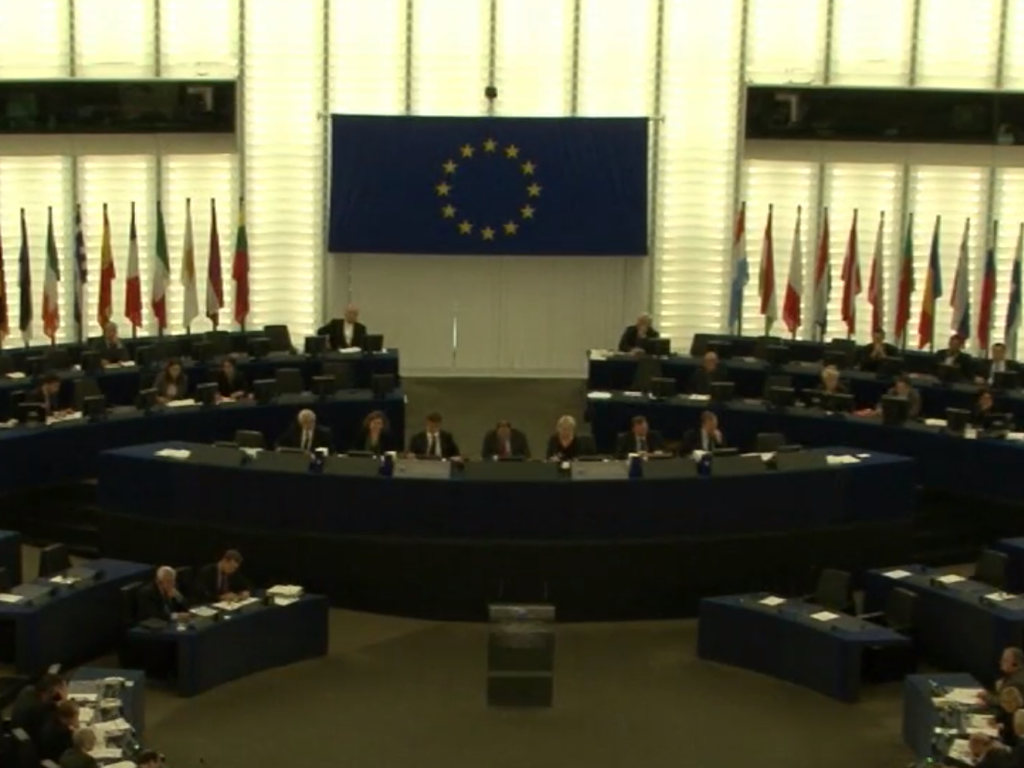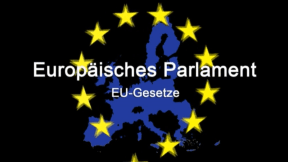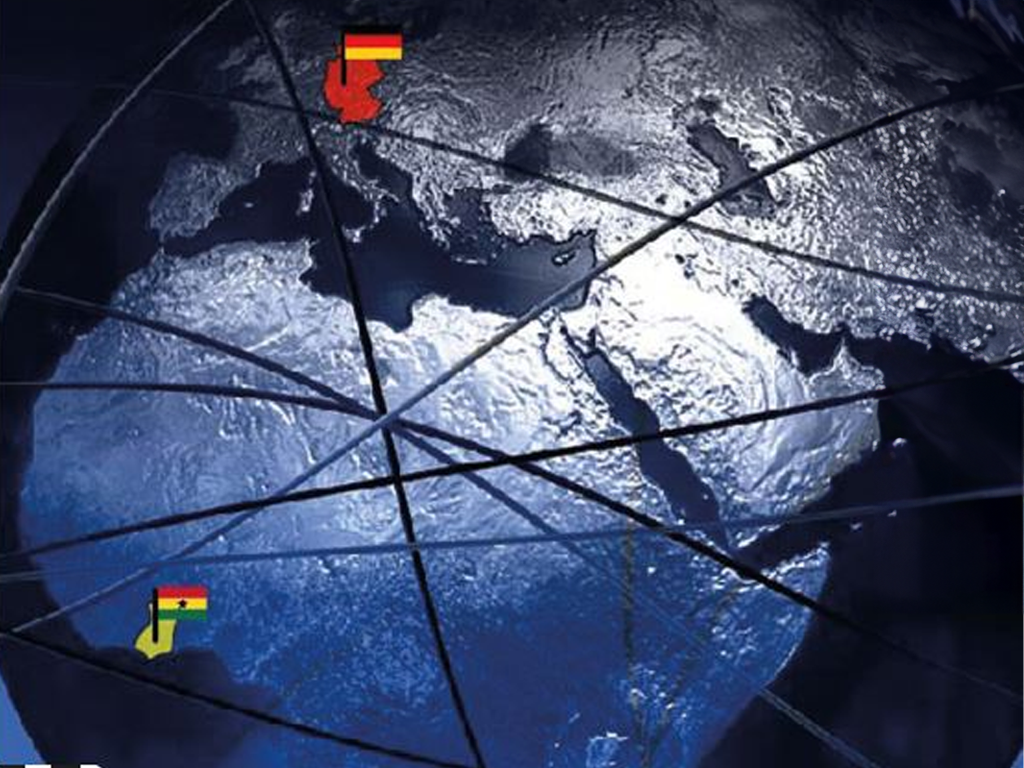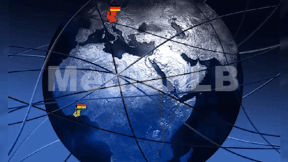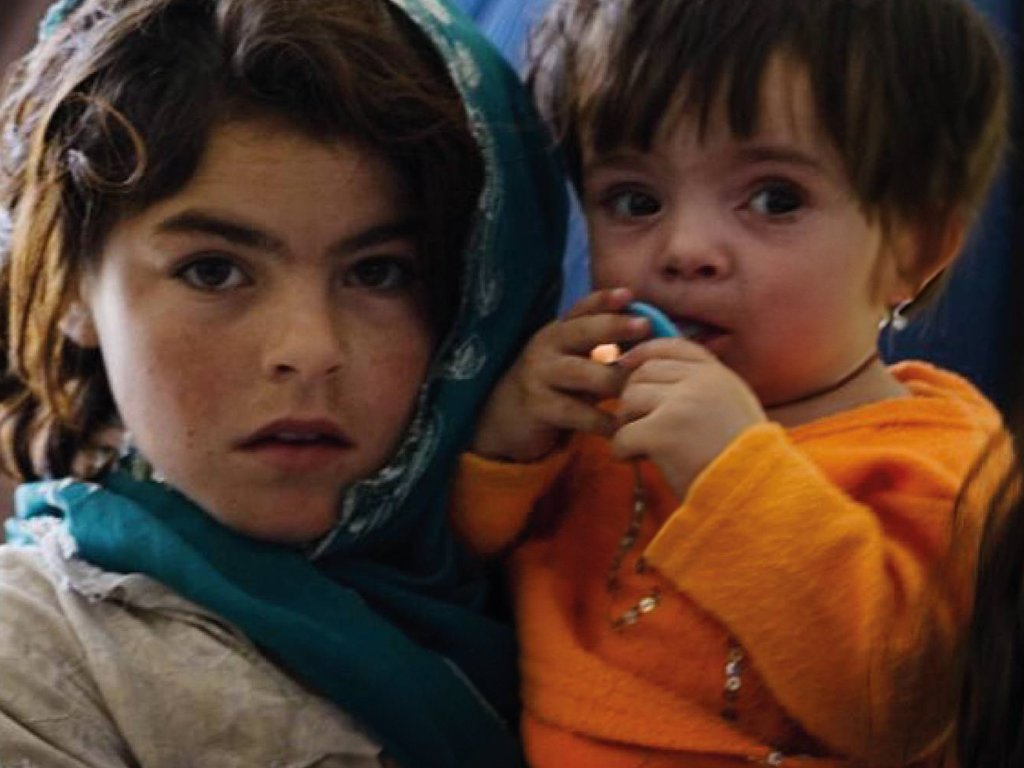 Politics / Civics
Politics / Civics
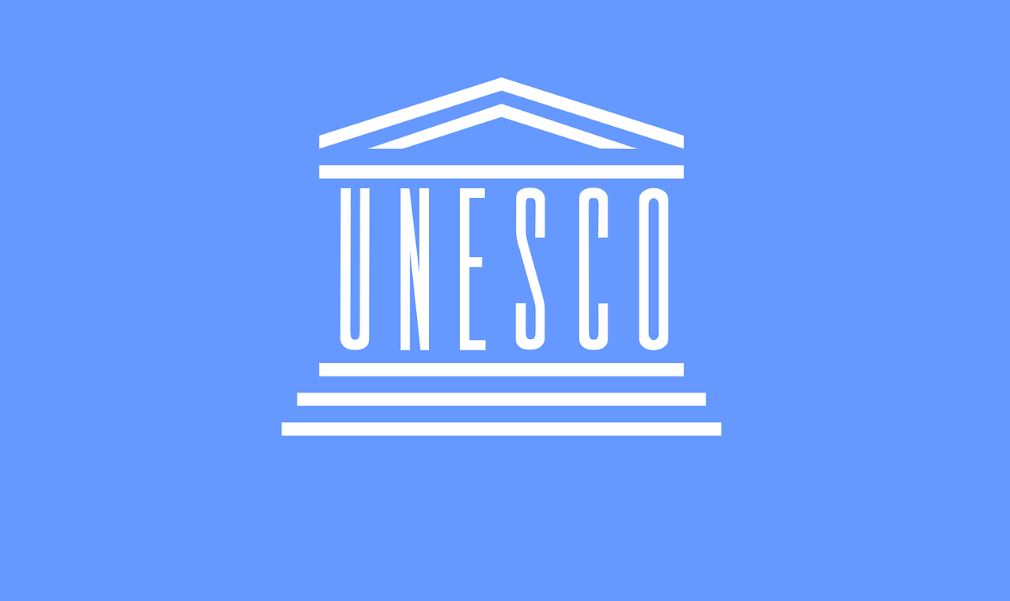

55505023
Nachhaltigkeitsziele der UNESCO
In unserem Arbeitsheft Politik 10-13, Vol. 4 – Nachhaltigkeitsziele der UNESCO finden Sie 50 interaktive und didaktisch aufbereitete Aufgaben.
Das Medium bietet H5P-Aufgaben an, die ohne zusätzliche Software verwendbar sind. Das Medium enthält interaktive Videos und 50 H5P-Aufgaben zum Thema Nachhaltigkeitsziele der UNESCO.
Durch interaktive Aufgabentypen wird das audiovisuelle und interaktive Lernen einfach.
Lernen macht jetzt Spaß!

Included Tasks
- 1. Was ist die UNESCO? (10 Minuten)
- 2. Die Vereinten Nationen (10 Minuten)
- 3. Entwicklung der Sustainable Development Goals (SDG) (10 Minuten)
- 4. Was bedeutet Nachhaltigkeit? (10 Minuten)
- 5. Die Nachhaltigkeitsziele der UN - finde die Lösungswörter (5 Minuten)
- 6. Ziel 1 - keine Armut (15 Minuten)
- 7. Ziel 1 - Armut in Deutschland (10 Minuten)
- 8. Ziel 2 - Ernährung weltweit sichern (15 Minuten)
- 9. Ziel 2 - Ernährung weltweit sichern (5 Minuten)
- 10. Ziel 3 - Gesundheit und Wohlergehen: Einführungstext (10 Minuten)
- 11. Ziel 3 - Gesundheit und Wohlergehen (10 Minuten)
- 12. Ziel 4 - Chancengerechte und hochwertige Bildung (15 Minuten)
- 13. Ziel 4 - Warum ist Bildung so wichtig? (10 Minuten)
- 14. Ziel 5 - Gleichberechtigung von Frauen und Männern (15 Minuten)
- 15. Ziel 5 - Gleichberechtigung schaffen (10 Minuten)
- 16. Ziel 5 - Kreuzworträtsel (5 Minuten)
- 17. Ziel 6 - sauberes Wasser und Sanitäreinrichtungen (15 Minuten)
- 18. Ziel 6 - Kreuzworträtsel (10 Minuten)
- 19. Ziel 6 - Interaktives Video zu Hygiene und Umwelt (10 Minuten)
- 20. Ziel 7 - Bezahlbare und saubere Energie (15 Minuten)
- 21. Ziel 7 - Erneuerbare Energien in Deutschland (10 Minuten)
- 22. Ziel 7 - Bezahlbare und saubere Energie (15 Minuten)
- 23. Ziel 7 - Interaktives Video zur Energiewende (15 Minuten)
- 24. Ziel 8 - Menschenwürdige Arbeit und Wirtschaftswachstum (15 Minuten)
- 25. Ziel 8 - Finde die Wörter (5 Minuten)
- 26. Ziel 8 & 12 - Deutscher Nachhaltigkeitskodex (10 Minuten)
- 27. Ziel 9 - Industrie; Innovation und Infrastruktur (15 Minuten)
- 28. Ziel 9 - Zuordnungsaufgabe (10 Minuten)
- 29. Ziel 10 - Weniger Ungleichheiten (15 Minuten)
- 30. Ziel 10 - Rassismus - Interaktives Video (10 Minuten)
- 31. Ziel 10 - Kreuzworträtsel (10 Minuten)
- 32. Ziel 11 - Nachhaltige Städte und Gemeinden (15 Minuten)
- 33. Ziel 11 - Nachhaltige Städte und Gemeinden (10 Minuten)
- 34. Ziel 12 - Nachhaltig produzieren und konsumieren (15 Minuten)
- 35. Ziel 12 - Fair handeln - Zuordnungsaufgabe (10 Minuten)
- 36. Ziel 12 - Wie produzieren und konsumieren wir nachhaltig? (10 Minuten)
- 37. Ziel 13 - Maßnahmen zum Klimaschutz (15 Minuten)
- 38. Ziel 13 - Interaktives Video zur Treibhausgasneutralität (10 Minuten)
- 39. Ziel 13 - Lückentext (10 Minuten)
- 40. Ziel 14 - Leben unter Wasser schützen (15 Minuten)
- 41. Ziel 14 - Schutz der Weltmeere (10 Minuten)
- 42. Ziel 14 - Finde die Wörter (5 Minuten)
- 43. Ziel 15 - Leben an Land (15 Minuten)
- 44. Ziel 15 - Rückgang der Biodiversität (10 Minuten)
- 45. Ziel 15 - Zuordnungsaufgabe (10 Minuten)
- 46. Ziel 16 - Frieden; Gerechtigkeit und starke Institutionen (15 Minuten)
- 47. Ziel 16 - Was sind Grundrechte? (10 Minuten)
- 48. Ziel 16 - Die Grundrechte des Menschen - teste dein Wissen (10 Minuten)
- 49. Ziel 17 - Partnerschaften zur Erreichung der Ziele (15 Minuten)
- 50. Ziel 17 - Kreuzworträtsel (10 Minuten)
Curriculum-centred and oriented towards educational standards
Matching
The European Parliament
The European Union is a union consisting of 27 European states. Currently its population comprises about 500 million inhabitants. 17 of these states have a common currency. Its aim is a pan-European area of freedom, security and justice. The European Parliament is elected every five years by the EU citizens and is thus the only directly elected body. The European Parliament shares its legislative function with the Council of the European Union, wherein the governments of the individual member states are represented, and the European Commission, which represents the interests of the EU as a whole. These three institutions together develop the political strategies and legislative provisions which are applied throughout the EU. The European Parliament ensures uniform pan-European regulations. Citizens profit from them for example for data protection, for mobile tariffs, for working and living in Europe and much more besides! Together with the extensive accompanying material the DVD is ideally suited for use in the classroom.
Globalisation
A visit to the weekly market. Here they lie peacefully side by side: pears and apples from local regions next to exotic fruits such as kiwi, lychee, papaya and mango. What was an exotic rarity not so long ago is meanwhile offered throughout the whole year. So today there is a wide range of products from all over the world. The reason for this variety of products is what has become widely known under the term of globalisation.




